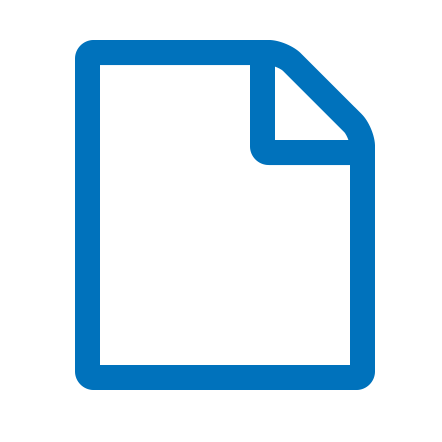Transfer Wax Público Deposited

- Transfer Wax. Wax in ball or sheet form used by engravers to transfer a drawing, design or lettering to the surface of a die to be hand or machine engraved, or to the surface of a medal to be inscribed. Early engravers made their own transfer wax of ball ground and tallow; now however it is commercially available in modern times. This wax is used with a sheet of gelatin and a chemical toner, called a stain; the procedure is called the wax and stain process.Transferring a design to a die. Some engravers draw the design and lettering directly on the prepared surface of the die block. This is done by the use of precipitated chalk or Chinese white. Once the center point and set lines are established a cartoon of the design – in exact size – can be drawn on this surface. However this indicates the outline form only (it cannot indicate the modulated relief). If the engraver chooses instead to transfer the design and lettering from a drawing, he can do this by the use of transfer wax and gelatin.Before the engraver starts he must determine whether he will cut a DIE (in negative) or a hub or cameo die (in positive relief). A hub or cameo die would be engraved with the design and lettering to be right-reading. Cutting a die would require the drawing to be in negative where the entire design would be in mirror image with lettering to be wrong-reading (right to left).If the drawing is oversize it must first be reduced by pantograph (a drawing pantograph, or camera lucida) to exact image size. Then a sheet of clean clear gelatin is placed over the drawing and is secured to the sheet by pins or paper clips. (If the image of the drawing is not clearly visible through the gelatin, then a colored gelatin sheet is placed between the drawing and the clear gelatin sheet.)A stylus is used to trace the drawing, lightly scratching the top surface of the gelatin. (An excellent stylus can be made from a phonograph needle stuck in a pencil handle.) The point of the stylus must be rounded but can be as sharp or as fine as the drawing demands. The lines scratched in the gelatin is the image that will be transferred to the steel die surface, thus they can be as fine or as detailed as the engraver desires.The burrs of gelatin thrown up by the stylus must be removed. This is done with a second piece of the same gelatin (whose edges are slightly harder than the gelatin of the burr); it is used to brush off the burrs. Next clean the steel die block with alcohol; then clean the gelatin sheet with alcohol also (the alcohol must be pure – no impurities). Both surfaces must be clean and free of any grease.Next the wax is prepared as a resist. Roll the transfer wax between clean hands into a ball. Transfer wax works best at room temperature (if stored next to heat it gets too sticky). Place the wax ball on the scratched surface of the gelatin and roll it back and forth in two directions until an even surface of wax is deposited in the gelatin – butnot in the scratched lines.Then place the gelatin carefully face down into position on the die block, making sure of the centering and any orientation necessary for the design (as on a square die block). Place two drops of oil on the back of the gelatin sheet, not on top of the die block. Then burnish this with a burnisher in both directions, taking care to work the wax onto the surface of the die block. The drawing will show up as unwaxed lines.The remainder of the die block is then covered with wax – or stop-off lacquer – and then immersed in the stain solution. It etches and applies the black color in less than a minute. Timing is critical as foul biting may occur after 30 seconds or so. The die block is removed and quenched in running water to stop all residual chemical action.The die block would then be engraved using the design on the face of the die as a design guide. A hub would require cutaway engraving leaving the design and lettering in the positive. Cutting a die would require the engraver to cut the design intaglio into the die for a negative image and lettering. See engraving.Transferring a design to a medal. For the engraver required to inscribe a medal the wax and stain method can be used, but a more common practice would be to cut the lettering into a sheet of clear plastic (formerly celluloid) and use this as a pattern for his lettering. This later method is beneficial in that he can lay this pattern over the medal, making sure of the spacing of the letters and that all lettering and all lines will indeed fit in the space allowed for it (within the reserve or cartouche).
excerpted with permission from
An Encyclopedia of Coin and Medal Technology
For Artists, Makers, Collectors and Curators
COMPILED AND WRITTEN BY D. WAYNE JOHNSON
Roger W. Burdette, Editor